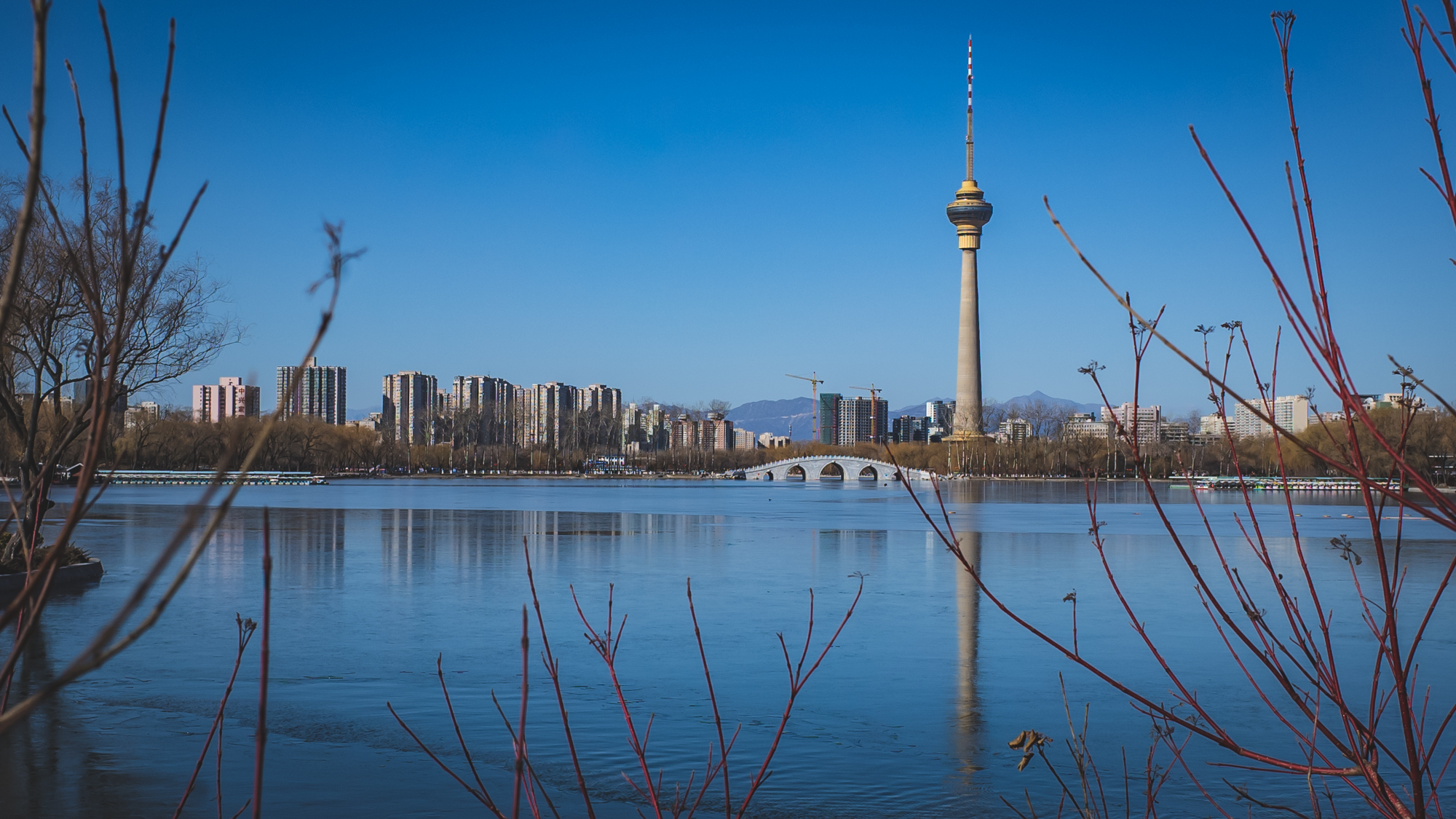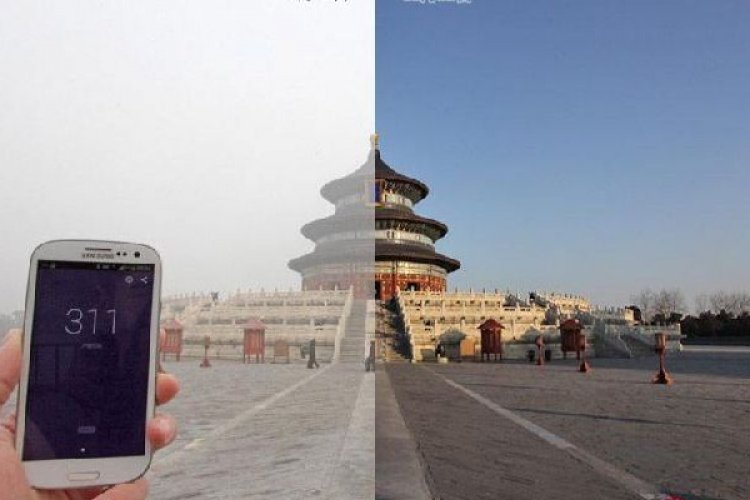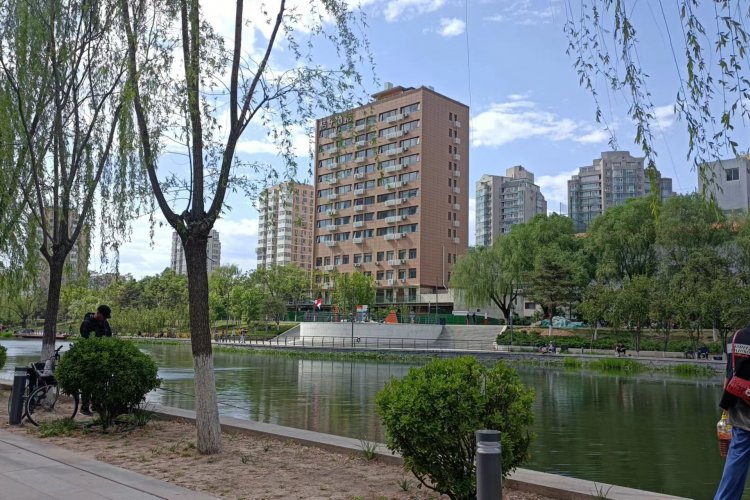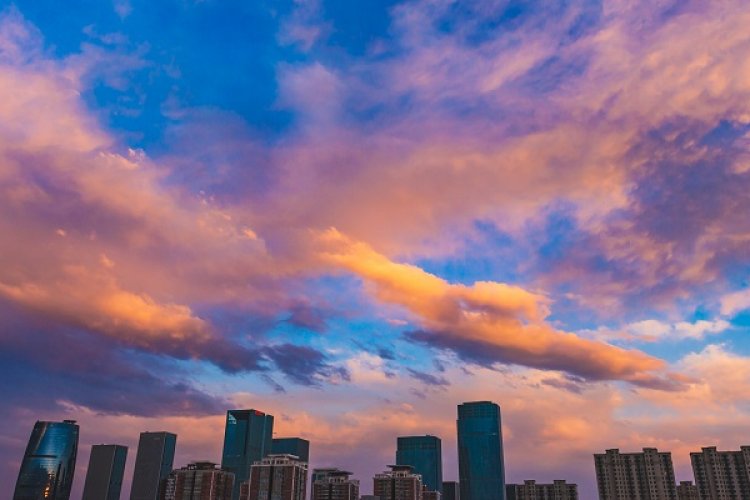Beijing's Rankings Plummet Again, But This Time We're Happy About It
Amidst all of this coronavirus nonsense, it’s time to pause, take a deep breath and celebrate: Beijing has dropped out of the list of the planet’s 200 worst cities for air.
And before you blame this on COVID-19, let me explain that the rankings were based on data that was collected from the 2019 calendar year.
Collected and processed by IQAir, the 2019 World Air Quality Report was released earlier this week and is based on data collected directly from governments, citizens, communities, companies, and non-profit organizations around the world.
This year Beijing ranks as the 201st worst city for air, leaps and bounds over last year’s ranking of 122nd. That means Beijing now has better air than cities such as Hanoi (#150), Jakarta (#126), Kathmandu (#137) Dhaka (#21), Lahore (#12), and Delhi (#5).
Heck, Beijing isn’t even in the top 100 worst cities in China, coming in at #116, with air better than cities such as Chengdu (#113), Yangzhou (#107), Wuhan (#99), Tianjin (#62), Suzhou (#55), and Zhengzhou (#26). We Beijingers might soon have to retire our "you think YOU got it bad?" China Expat Hardship Cards.

IQAir uses PM2.5 concentrations as a proxy for overall air quality in their rankings, as it is the pollutant widely regarded as most harmful to human health. PM2.5 is defined as ambient airborne particles measuring up to 2.5 microns in size.
Other air pollutants that many cities track include PM10, sulfur dioxide, and ozone, amongst others. Ironically, Beijing's ozone has gotten slightly worse over the years, as ozone is formed by photochemical reaction with certain pollutants. As the smog layer over Beijing has eased, more sunlight reaches us, thus causing a rise in ozone.
Overall, Beijing had a PM2.5 concentration of 42.1μg/m³ in 2019, vs last year’s 50.9μg/m³. Our best month last year was August (PM22.1, which we might add, was the best month on record since Beijing began formally measuring PM2.5) and the worst was January (54.1μg/m³)

And while not all cities in China have improved, the country as a whole has even slipped out of the Top 10:
- Bangladesh (83.3μg/m³)
- Pakistan (65.8μg/m³)
- Mongolia (62.0μg/m³)
- Afghanistan (58.8μg/m³)
- India (58.1μg/m³)
- Indonesia (51.7μg/m³)
- Bahrain (46.8μg/m³)
- Nepal (44.5μg/m³)
- Uzbekistan (41.2μg/m³)
- Iraq (39.6μg/m³)
- China (39.1μg/m³)
Lest we get too overjoyed by all this good news, Beijing's annual PM2.5 concentration 42.1μg/m³ is still quite a ways away from WHO's target of 10μg/m³, but that's quite a hurdle to achieve. In fact, of the 4,650 cities worldwide listed on the report, 55 percent do not currently meet this standard.
But progress is progress, and we'd prefer to look at our glass as half full, thank you very much.
READ: AirVisual Partners With the UN to Spread Air Quality Awareness Worldwide
Images: Uni You, IQ Air








